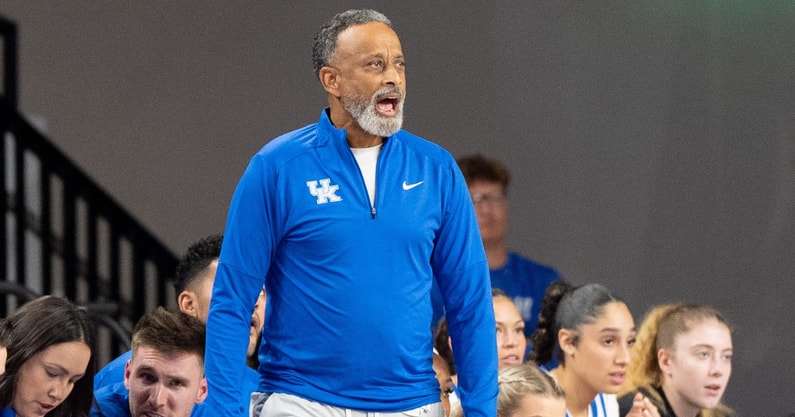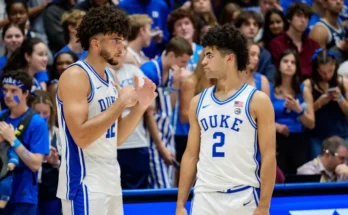Navigating the Complexities of the Transfer Portal in Women’s Basketball
The landscape of women’s college basketball is undergoing a significant transformation, with the transfer portal emerging as a pivotal element in roster management and team dynamics. Coaches across the nation are grappling with the challenges and opportunities this system presents. Among them, Kenny Brooks, head coach of the Kentucky Wildcats women’s basketball team, has been vocal about the complexities involved in this new era.
Brooks emphasizes the importance of a strategic approach to utilizing the transfer portal. He articulates that building a cohesive team requires more than simply acquiring talent; it necessitates finding players who align with the team’s culture and playing style. Brooks stated, “You can’t just plug and play.” This philosophy underscores the need for deliberate and thoughtful recruitment to ensure that new additions enhance team chemistry and performance.
The Wildcats have experienced both the inflow and outflow of talent through the transfer portal. Notably, the team secured a commitment from Josie Gilvin, a standout guard from Western Kentucky University. Gilvin’s impressive junior season, where she averaged 13.1 points, 6.3 rebounds, and 2.6 steals per game, positions her as a valuable asset to Kentucky’s roster. Her decision to transfer reflects the dynamic nature of player movement in the current collegiate environment.
Conversely, the Wildcats have seen departures that highlight the challenges of roster stability. Players such as Clara Silva and Saniah Tyler entered the transfer portal, seeking opportunities elsewhere. Silva’s entry into the portal, accompanied by a “do not contact” tag, suggests she had predetermined her next destination, a scenario becoming increasingly common in the transfer landscape.
These movements underscore the delicate balance coaches must maintain in fostering team cohesion while accommodating the evolving aspirations of student-athletes. Brooks’ approach reflects a broader trend in women’s basketball, where the transfer portal serves as both a tool for team enhancement and a potential source of instability.
The transfer portal’s impact extends beyond individual programs, influencing the competitive balance across conferences. Teams are now tasked with not only scouting and developing high school talent but also actively engaging in the transfer market to address immediate needs. This shift necessitates a reevaluation of recruitment strategies and a heightened emphasis on adaptability.
For players, the portal offers unprecedented flexibility and autonomy in shaping their collegiate careers. However, this freedom also introduces uncertainties, as frequent transfers can disrupt academic progress and personal development. Coaches like Brooks are therefore advocating for a measured approach, encouraging players to consider the long-term implications of transferring and to seek environments where they can thrive both athletically and academically.
In navigating this “vulnerable stage” of women’s basketball, as Brooks describes it, the emphasis is on creating a supportive and stable environment that prioritizes the well-being of student-athletes. This includes open communication, clear expectations, and a commitment to developing players within the program’s culture.
As the transfer portal continues to shape the landscape of women’s college basketball, the experiences of programs like Kentucky serve as case studies in managing change. The lessons learned underscore the importance of strategic planning, adaptability, and a player-centric approach in building successful and resilient teams in this new era.



